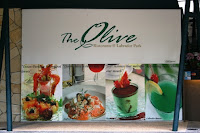 The main attraction about Olive Ristorante is its proximity to the rustic charm of nature. Whirring fans, bamboo chairs, twining vines and colourful jungle-patterned tables complete the rainforest setting. A very tropical and breezy setting. However, this outdoor, no-walls dining also means the heat and humidity stays with you all through your meal.
The main attraction about Olive Ristorante is its proximity to the rustic charm of nature. Whirring fans, bamboo chairs, twining vines and colourful jungle-patterned tables complete the rainforest setting. A very tropical and breezy setting. However, this outdoor, no-walls dining also means the heat and humidity stays with you all through your meal.
We ordered the seafood platter as a starter, duck leg confit, US kurobuta, olive pizza for our main courses, and for dessert - warm chocolate cake with ice cream and tiramisu.
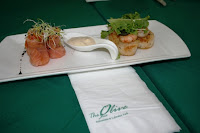















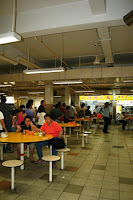









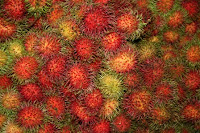


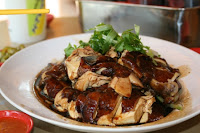




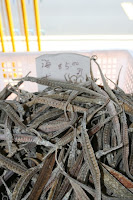
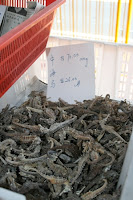


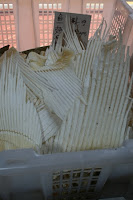

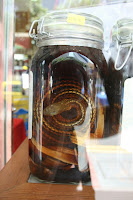

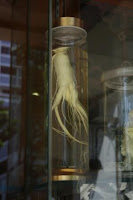
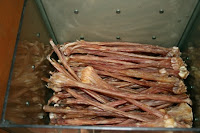


 Opening this evening, ahead of Vesak day, is the Buddha Tooth Relic Temple & Museum. The temple and museum is on Sago Street and is a living cultural monument in the heart of Chinatown housing the Sacred Buddha Tooth Relic in a magnificent Relic Stupa composed of 420kg of gold donated by devotees.The temple will also house over 10,000 Buddha statues, including a six-metre tall Maitreya Buddha, as well as the Tripitaka, a collection of Buddhist scriptures.
Opening this evening, ahead of Vesak day, is the Buddha Tooth Relic Temple & Museum. The temple and museum is on Sago Street and is a living cultural monument in the heart of Chinatown housing the Sacred Buddha Tooth Relic in a magnificent Relic Stupa composed of 420kg of gold donated by devotees.The temple will also house over 10,000 Buddha statues, including a six-metre tall Maitreya Buddha, as well as the Tripitaka, a collection of Buddhist scriptures.
